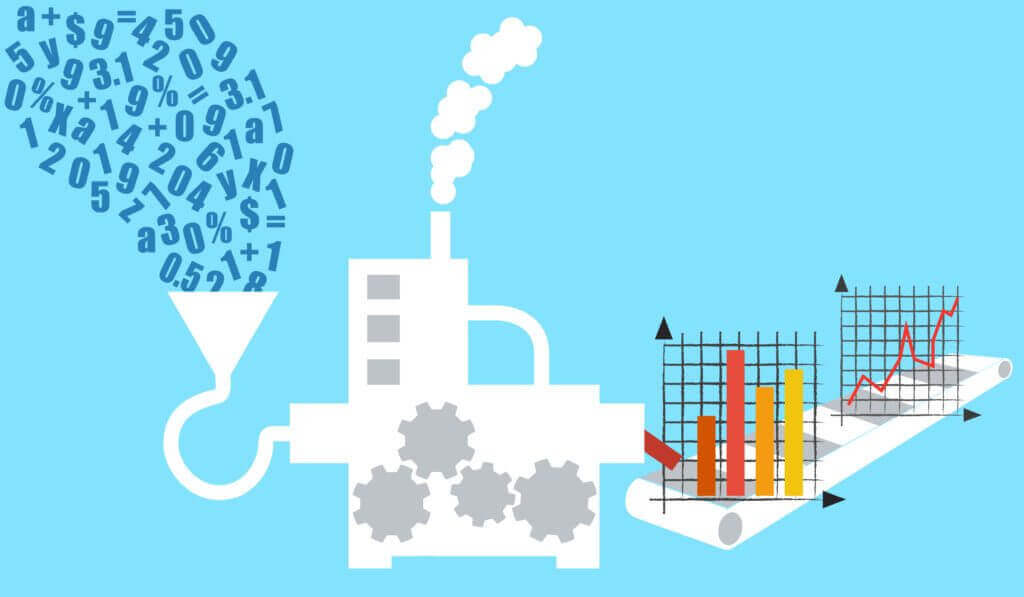
“I never guess. It is a capital mistake to theorize before one has data. Insensibly one begins to twist facts to suit theories, instead of theories to suit facts.”
–Sir Arthur Conan Doyle, Author of Sherlock Holmes stories
NB: This is an article from Rainmaker
According to one SVP of revenue management reported in Hotel News Now, 20 years ago the biggest complaint among hoteliers was, “I don’t have the data.” Today, that issue has been flipped on its head with a cry of “I have too much data!” And concepts like “big data” and “analytics” now pepper the discussions of hoteliers looking for ways to grow profits and drive ancillary revenue.
Total ancillary revenue worldwide is estimated at $80 to $130 billion, and a survey of marketers by Regalix showed that 71 percent of those polled found analytics helped them increase their sales by 11 to 50 percent and above. Whether it’s data extracted from a property management system (PMS) such as folio-level data from guest billings, it’s clear that data holds the key for increasing ancillary sales. The challenge is separating the wheat from the chaff – good data versus “data distractions” – to properly market and sell your ancillary products and services.
An effective revenue management system (RMS) performs complex calculations in a matter of milliseconds to present the best, actionable data on both a macro and micro level. Hoteliers can then use that information to improve customer experience, create enhanced levels of personalization and generate greater ancillary revenue in the process.
The Big Picture
Macro-level data, or external market data, is drawn from disparate systems and identifies industry trends among broad customer segments, such as business versus leisure travelers, and traveler mix – families, couples, or singles – as well as factoring in historical and real-time data on areas like competitive sets, booking channels, seasonality, major local events, and purpose of stay. Analyzing this information allows revenue managers to identify characteristics, patterns, and behaviors among different segments and demographic groups.
Once you truly understand your customer base, you can target your marketing efforts more appropriately, placing the right offers in front of the right customers at the right time. For example, jet-lagged business travelers may appreciate a quiet room away from the elevator or even a suite, while weekend leisure travelers may willingly pay an additional fee for late checkout.
Going Granular
The most successful hoteliers understand that today’s guests expect customized offers tailored to their preferences. So, in addition to macro data, hoteliers looking to grow ancillary revenue require a RMS that captures data on a micro level as well, providing more granular detail. Internal hotel data derived from multiple customer touchpoints is combined with macro data to provide you with a deeper understanding of individual customer preferences and spend across your entire property.
Having this rich data at your fingertips lets you anticipate needs, as well as upgrades and add-ons that are most likely to result in additional revenues or purchases. For instance, accurate data and analysis can help you determine which guests would be willing to take a value add-on in lieu of a discounted room rate. Or if your data shows a specific guest often books a massage when they visit, you can offer a manicure as an upsell to drive ancillary revenue while also creating an enhanced experience for your guest.
Using intuition or gut feeling to decide how and when to sell your ancillary products and services is an antiquated process and will never work as well as a well vetted, science-based approach that relies on accurate macro and micro data and algorithms that tease out precise and relevant information. Even if your hotel occupancy rates are consistently high, effectively leveraging data will drive new streams of ancillary revenue that wouldn’t otherwise exist.



